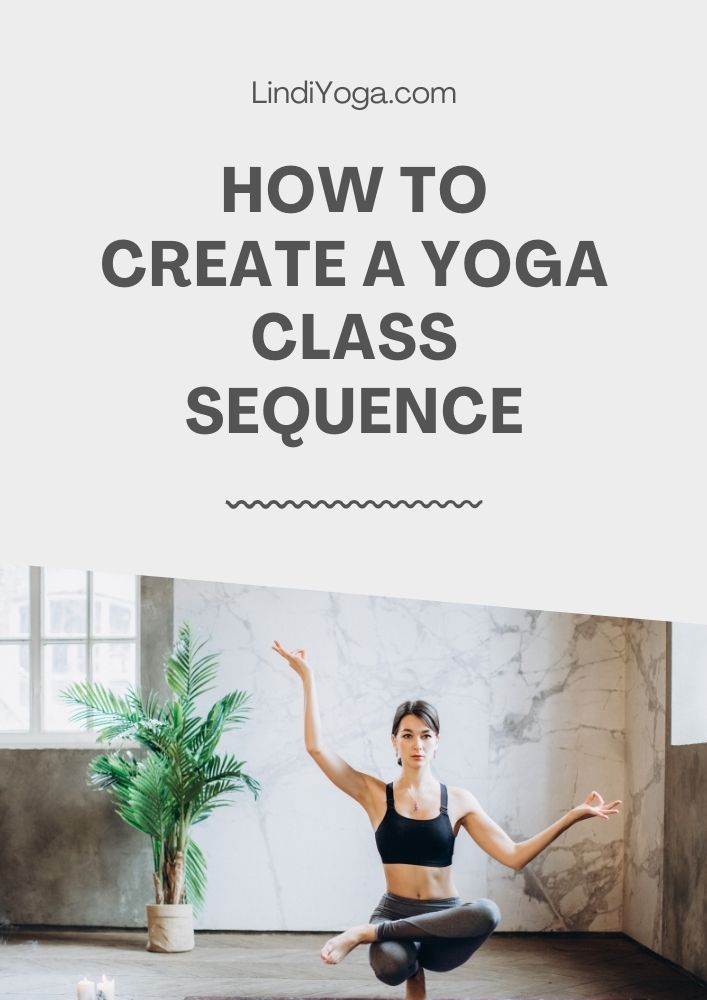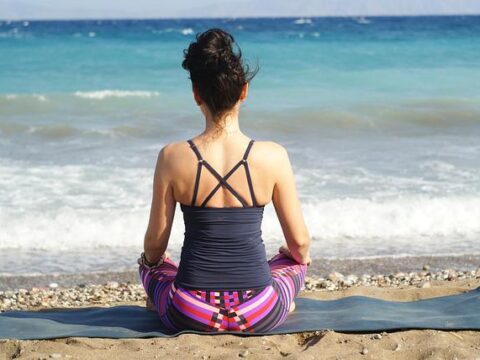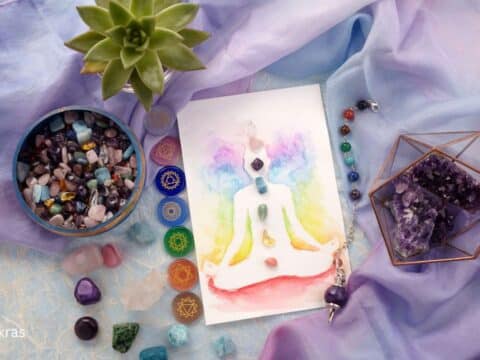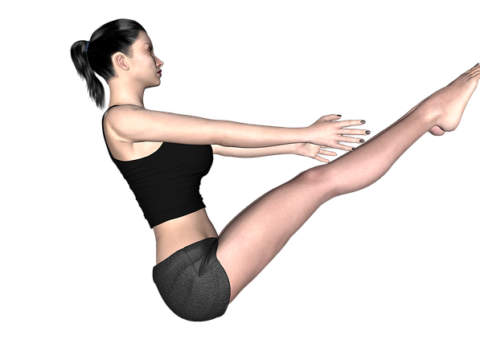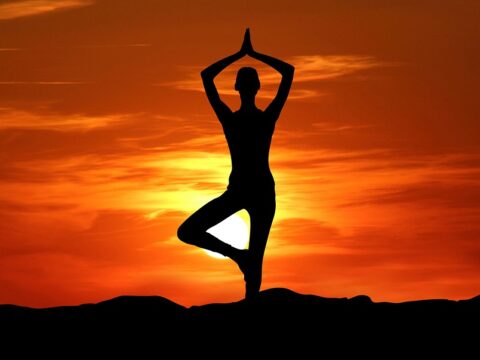Think back to your school days and try to remember how your teacher taught you your favourite subject. Did she use playing cards to teach words and letters, rhymes to teach us the names of rivers, or a mathematical theorem to teach us about measurements and diagrams to understand the anatomy of the human body?
This means that you need a lesson plan to teach a yoga class. Like any other subject, yoga requires a plan or yoga sequence to be able to give a yoga class to yoga students.
Yoga teachers often create their own sequences of yoga postures. Some use online tools to help them plan the sequences. To teach a smooth, flowing yoga class, the teacher must first understand how each posture relates to the next.
Each style of yoga has different yoga sequences.
Podcast
You need to work out what type of yoga class you want to teach before you can start creating a lesson plan or sequence. The order in which you teach each yoga posture depends on the type of yoga class you are teaching. For example, the sequence for a Vinyasa flow yoga class will be different from the sequence for an Iyengar yoga class.
Some yoga teachers start the class with simple muscle strengthening exercises followed by toe walking, moving on with arms raised and then start teaching different poses of Tadasana. To teach Tadasana in the different yoga styles, you need to follow a different sequence.
In Ashtanga Vinyasa Yoga, Tadasana is performed on the toes and is the beginning and ending Tadasana in the Surya Namaskar sequence, which is used to warm up the body. Tadasana is also a basic posture for all standing postures. Setting the feet wider is common in vinyasa yoga styles and provides a more stable base in this and other standing asanas.
The Vinyasa and Hatha yoga sequences usually emphasise breathing and inner energy while training specific areas of the body.
In Iyengar Yoga, Tadasana is performed with the arms above the head or on the sides of the legs, depending on the type of yoga being taught.
What are the different possibilities of yoga sequences?
Your aim when creating a yoga sequence should be to make it logical and flowing. The sequence of poses should be designed to release tension and strengthen weaker parts of the body while uplifting the heart and freeing the mind.
While there are many approaches to sequencing a yoga class, we will focus on the following 5 types of yoga class sequencing.
There are five ways to set a yoga sequence that can help you create a new sequence for each class. Alternatively, you can teach the same set sequence in each session.
It says that in some yoga styles the sequence of poses is fixed and is always the same no matter where you practice.
The main advantage of a fixed yoga sequence is that you can track your own progress and development from one session to the next. Because the only thing that changes from one session to the next is your own condition.
The main difference between two exercises is not the sequence itself, but the person doing it. This gives you the opportunity to gain a deeper insight into your personal progress and development.
The advantage of fixed sequences is that you know what you are doing, there are no surprises and you can determine your fitness level.
Sequencing your way to peak performance
If you want to mix up your yoga routine, you can try sequencing to a Peak Pose. This is the most challenging pose of the course and you need to be physically and mentally well prepared to do it safely and correctly.
Students will have learned the information and physical awareness required to perform the Peak Pose.
Sequencing around an action
Another way to sequence a yoga class is to sequence it around a specific action or aspect of alignment. The aim of this yoga sequencing technique is not so much to achieve a particular yoga pose.
Rather, the focus is on training students and helping them deepen their awareness and understanding of a particular action or detail of alignment.
When choosing a yoga sequencing technique, always start with a simple pose that your students already know. This will help them understand how to perform the required actions in the pose.
As the class progresses, you should then incorporate different poses that require the students to perform the same actions. This repetition will help them learn the movements and feel more comfortable in their bodies.
You should choose a yoga pose that you have personally had a breakthrough with to share with your students. This way you can be authentic and relatable in your teaching.
Therapeutic Sequencing
Yoga sequences that aim to improve or alleviate pain, discomfort or injury in your students’ bodies are called therapeutic sequences.
The most common examples are lower back problems, neck and shoulder pain, shoulder injuries or even recovery from surgery.
This technique of sequencing yoga poses requires a deep understanding of human anatomy and how the body works. It is important to know which actions and poses in yoga can help people with certain problems.
The aim of most therapies is to work on the weaker and less stable parts of the body to strengthen them while releasing blocked or stiff areas.
When working with clients, it can be helpful to become familiar with a particular template for organising the body.
Creative yoga sequencing
Transitions are how we move from one asana or pose to the next in a creative, playful way. The fun of different transitions is what makes yoga sequencing so creative.
This technique is more about clearing your mind than sticking to specific guidelines. Just put on some music and follow your intuition. Trust your instincts to guide you as you explore different ways to connect one asana to the next.
If you want to be more innovative, be playful and creative instead of trying to understand everything logically. Don’t stop, move around and explore different areas. Be curious about the different directions you can take. You may want to focus first on another part of the body that you don’t normally think about.
Creative Yoga Sequencing is a more choreographed approach that is less focused and technical and instead focuses on the joy of the practice.
Yoga teacher training – tips for getting started with yoga sequencing
As a yoga teacher, you need to be aware of the importance of sequences to your teaching. Yoga sequences can enrich your yoga classes and enhance your students’ experience. A good sequence includes a variety of postures, transitions, themes and philosophy. It helps you focus your energy on teaching yoga and enhancing the lives of your students.
The first step in planning a yoga class is to set your intention. Once you have set your goals for the yoga sequence, you can begin to create a list of poses that will help you achieve those goals.
You can then arrange these in a sequence that makes sense to you. For example, you can start the class with gentle stretching and warm-up exercises such as the sun salutation. Once you feel comfortable, you can move on to more challenging postures. And finally, you can end your class with savasana.
When you are mapping your sequences, you should take notes. It is helpful to keep a notebook of the sequences you have learnt so that you can refer back to them later. This will help you plan new courses more efficiently. It will also help you to remember if you have done a particular sequence in the past.
When you practise yoga, you will learn many new things about your body and mind. It can open your mind and help you develop a positive attitude. It can also lower stress levels. It is also a great way to improve your overall flexibility. You will gain strength and improve your balance.
One of the most common poses in yoga is the forward bend. This pose not only improves circulation to the head and relieves migraines, but also strengthens your legs and increases hip flexibility.
Begin this pose facing the long edge of your yoga mat. Make sure your wrists are above your ankles. Then turn onto your front toe and bend your knee over your front heel. Then stretch your arms out in a T-shape.
Practising yoga requires a gentle approach. The aim is not to overload the body. Gentle movements help your body warm up before you dive deep into the poses. For example, start with the sun salutation to warm up your body before moving into more challenging poses.
